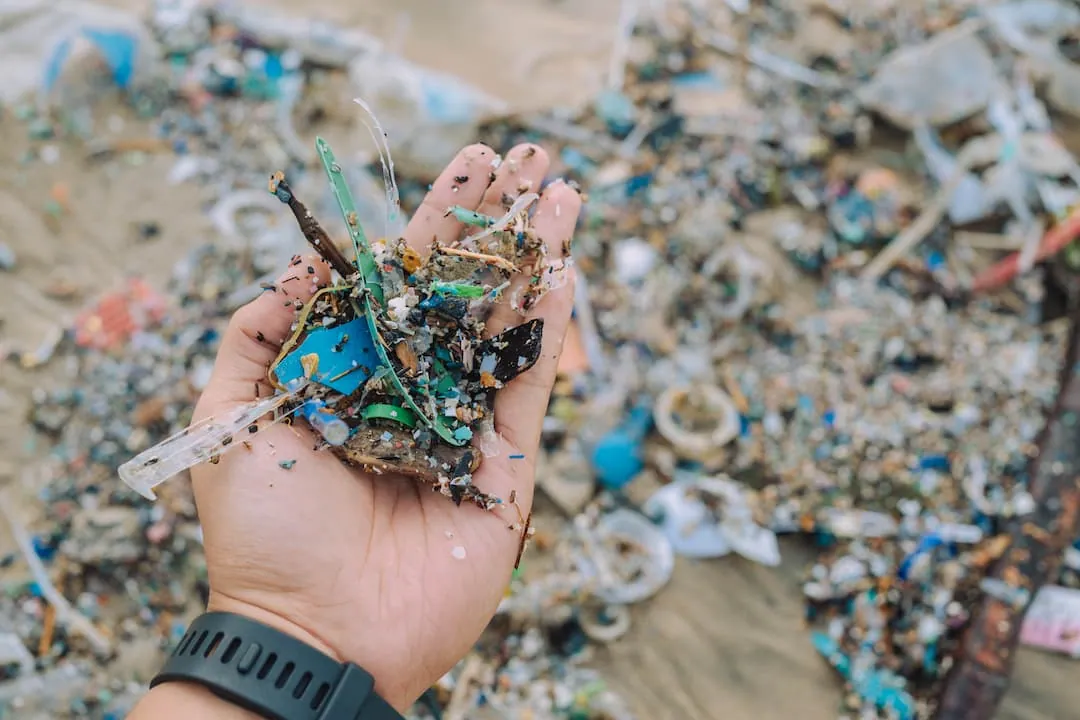 News
News
In a world awash with plastic, it’s easy to feel overwhelmed. From our grocery aisles to our ocean, plastic seems inescapable. What if you could measure your personal contribution to this global issue and take meaningful steps to reduce it? Enter the Plastic Footprint Calculator – a tool designed to help you understand and minimize your plastic consumption so you can make a difference.
Once you know your plastic footprint, there are practical ways to reduce your plastic footprint. It’s about making small, conscious changes that collectively lead to a significant impact.v
Discover your plastic footprint
It’s time to discover your actual plastic footprint. The Plastic Footprint Calculator is your personal guide to understanding and improving your environmental impact. It’s easy to use and eye-opening.
Once you know your footprint, you can take steps to reduce it. You can even challenge friends and family to participate! Collective action leads to collective impact.
 Photo by Pexels
Photo by Pexels
8 tips and tricks to stop your plastic footprint
Now that you know how much plastic you are using, it’s time to discover easy ways you can make a difference at home and in your community!
Refuse and reduce
- Just Say No: Start by refusing plastic whenever possible. Say no to straws, plastic lids, bags, and takeaway containers. Single-use plastic is one of the biggest culprits in environmental pollution.
- Review and Recognize: When dining out, review restaurants and cafes on their plastic usage. Recognize them when they avoid straws and plastic packaging and let them know you want better when they don’t.
- BYOR (Bring Your Own Reusables): Always bring along reusable water bottles, coffee mugs, and shopping bags. Some retailers even offer discounts for this eco-friendly practice
Shop smart
- Speak Up at Supermarkets: Ask your local grocery stores and retailers to point you to the products that are doing good for the planet. Choose products that are made out of recycled, reusable and compostable packaging. It’s not just about what you buy, but also about how it’s packaged.
- Bulk Up: Bring your own glass containers or mesh bags and buy grains, nuts, and other items from the bulk section. It’s a win for the environment and often for your wallet too!
At home tweaks
- Natural Alternatives: Replace plastic items at home with those made from natural or reusable materials. Think bamboo toothbrushes, glass jars, and wooden toys.
- Be a Changemaker: Whenever you spot plastic in nature, take a moment to collect it. Recycle it if possible or dispose of it properly. Every piece you remove makes a difference.
Go Plastic Net-Zero
- Offset your Plastic Footprint: Purchase a Plastic Net Zero certificate and empower Plastic Bank collection community members to stop 84 kilograms of plastic from entering the ocean – the estimated global average plastic footprint of one individual per year. This collected plastic is exchanged as currency for secure income and life-improving benefits, which help our communities stop ocean plastic while paving a path out of poverty. You’ll also receive a certificate to commemorate your first step in your sustainability journey!
You can be the change you seek
Reducing your plastic footprint isn’t just about personal change; it’s about contributing to a global solution. Each choice, each refusal of a plastic straw, each time you bring your own mug, you’re making a statement. You’re part of a growing wave of conscious consumers who believe in a cleaner, greener planet.
So, are you ready to measure your impact and take meaningful steps to reduce it? Let’s make it a collective journey towards a more sustainable future.!
It’s time to set the course for a lighter, brighter future for our beautiful Earth.




